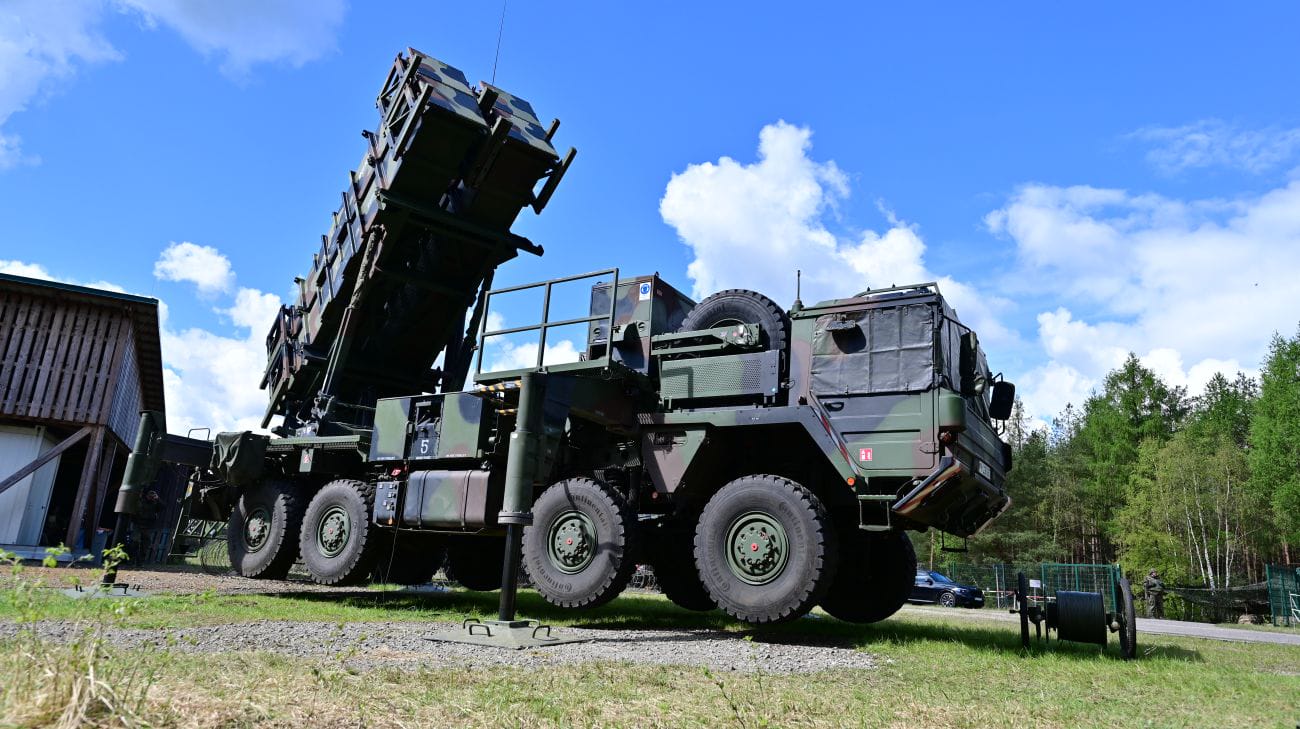Carrier Business Future: Expectations and Hindles

Spectrum of Opportunities
Great truck manufacturers already offer electric heavy vehicles for various tasks, and different sources predict that 2030-2035. Half of the new EU registered regional and long -distance trucks will be electric.
However, several components are important to successfully operate electric trucks: sufficient charging stations network and their power to quickly charge the vehicle. In any case, the charging process is longer than the fuel flush, so it is important to know exactly where to load the truck, how long it will last and properly plan the vehicle route.
Three options are distinguished to make electric trucks to charge economically.
First: Leave the truck overnight to charge in its bases or rest areas using 50-100 kW of power stops. This process takes about 6-8 hours.
Second: Energy points at cargo unloading and loading locations using 150-400 kW. It lasts from 30 minutes. to 2 p.m.
Third: to supplement the battery at public truck charging stations, which is 350-1000 kW (45 min driver lunch break).
Artūras Michejenko / DKV Mobility Photo
Comfortable solutions
According to the European Association of Automobiles (ACEA), 2024 2.3 % New truck markets belonged to electric trucks (N2 and N3 category), and in 2023 it was a similar situation.
Electric trucks are not yet very popular, but their drivers are already offered for the energy settlement decisions in some cases outweigh the offers made by passenger car users. When traveling around different countries, at least a few different suppliers’ gadgets or platforms connecting them are still needed. Drivers of heavy electric transport can use the same convenient solutions as their colleagues driving diesel trucks.
“For example, a single DKV +Charge card can be initiated by charging in our network loading sites across Europe, with one expense at the end of the month. Basically, functionality is the same as diesel trucks for fuel, only for power plants. You can see all the charging stations, the types of connections, the loading capacity. Electric trucks require clear and steady routes to accurately plan charges. Knowing the routes, charging stations, their power, using artificial intelligence and telematical programs, can optimize routes: reduce energy consumption and increase charge efficiency, ”explained Artūras Michejenko, the head of DKV Mobility in the Baltic States.
Electric trucks are still goodwill, not a competitive advantage.
Have peculiarities
The DFDS A/S, which operates 125 electric tugboats, is currently planning to replenish the car in the near future.
Three company electric tugboats drive in the Klaipėda region, if necessary, towards Kaunas, Liepaja, Šiauliai, Raseiniai. Other machines work in Beniliuks, Germany, Scandinavia, the United Kingdom.
Vadim Radiukas, Executive Director of the Lithuanian Branch of the DFDS A/S, said that the company views electric trucks as an opportunity to reduce the emissions of CO2 and become a more greener, greener partner in the logistics world.
However, according to the interlocutor, an electric truck is a product of new technologies that has the peculiarities of operation. In this case, the transportation planning is different from the process where it is taken with conventional fuel -powered vehicles.
« Basic interference: charging stations infrastructure, specifics of trip planning, technical restrictions, customers’ attitudes towards sustainability. The distances (about 250 km) must be taken into account, charging infrastructure, driver working hours. The peculiarities of charging stations are whether there are places specifically designed to load heavy -duty road transport, or whether it is possible to load without opening the trailer, ”Radiuk revealed.
Mercedes hike
According to Staista.com, in Europe 2024 There were at least 6 thousand. For trucks, public charging points with a power exceeding 350 kW.
The charging network is expanding, investing in both the state and the private sector, and the formation of electric trucks – Germany, France and Spain. There are quite a few trucks suitable for trucks in Sweden, Norway and the Netherlands, but other countries are behind.
Mercedes has proven that the existing network is already available. Two EACTROS 600 models, which can travel one charge over 500 km, overcome more than 15,000 in 45 days. km. They started in Frankfurt near Main, then moved to the northernmost point of Europe Nordkap. Later, he landed throughout Europe to the southernmost point of continental Europe in Spain and returned to Frankfurt to Main. 22 countries were visited, including Lithuania. Throughout the trip, only public charging stations were used, and the total mass with the cargo was 40 tons.
« The number of charging points for trucks is constantly increasing. After a few years, there will be enough of them. The question is: what will be the existence of such vehicles? Needs the incentives of states or favorable costs to compensate for the purchase of a truck.
Statista.com predicts that in 2030 public places and logistics centers will have to be equipped with 50,000. charging points for trucks. In addition, you will need weaker charging stations in the rest areas that will charge electric trucks until the drivers rest.








